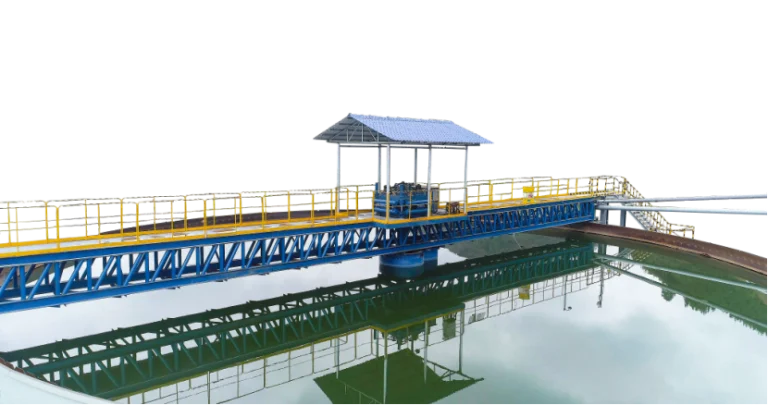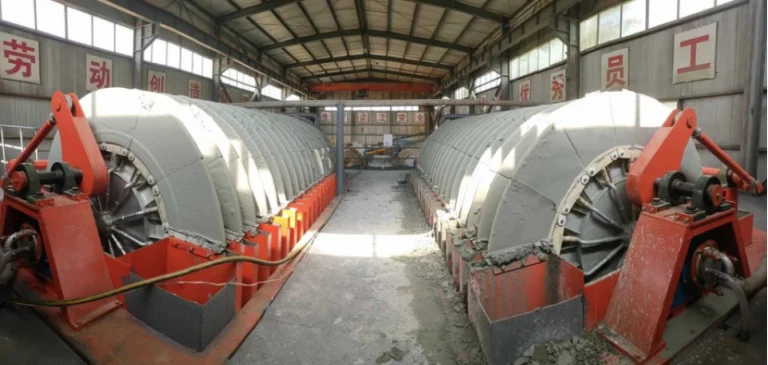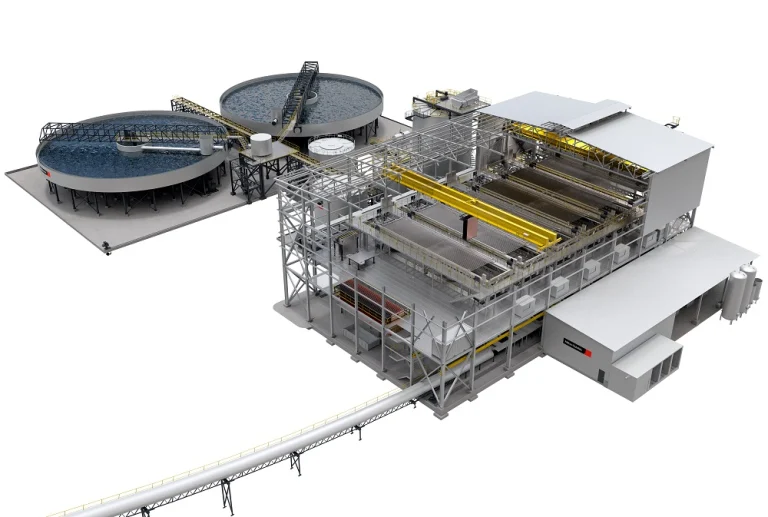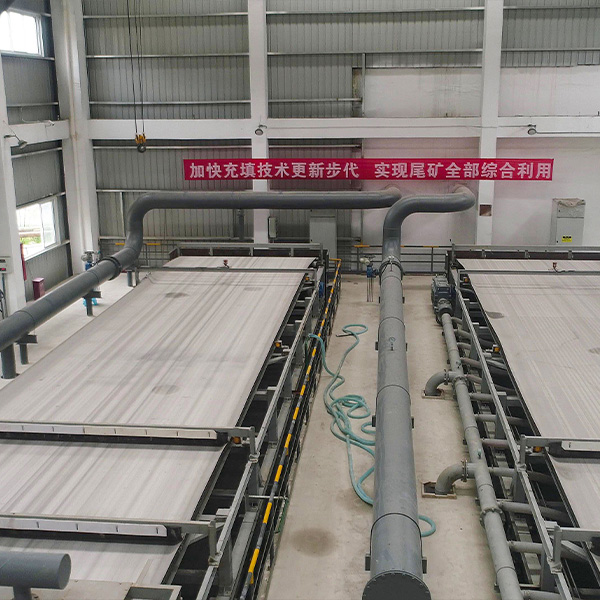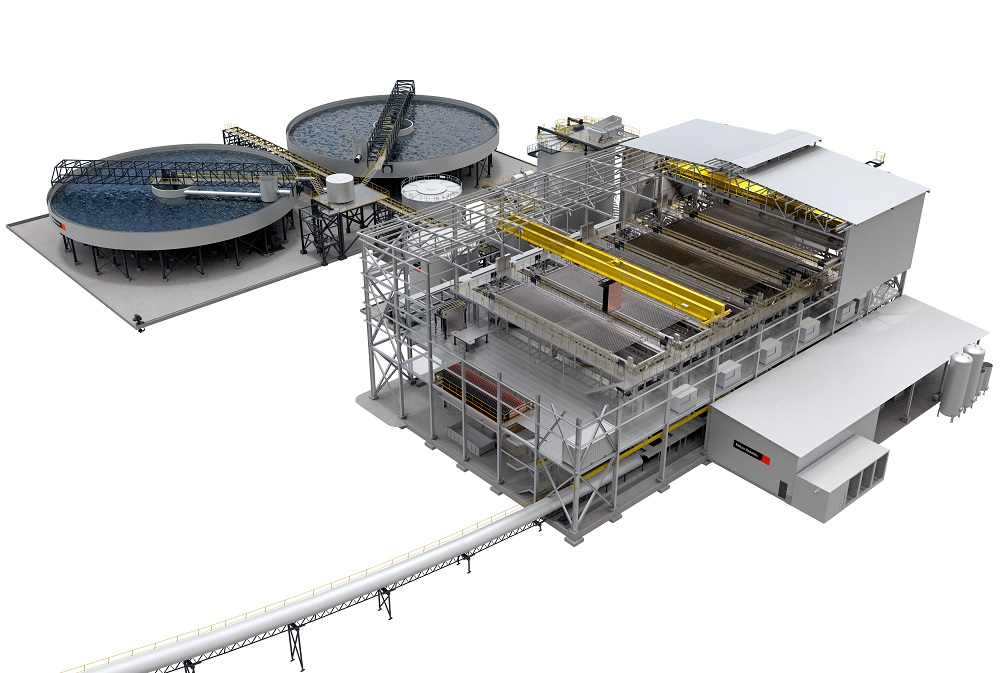
Advancements in Tailings Treatment Technologies
Importance of Tailings Treatment
Tailings are mining by-products. They raise environmental concerns. Stored in large dams, they risk water pollution. They cause land damage. Dam failures are a threat. Effective treatment is vital. It reduces these hazards. Modern mining focuses on tailings management. This ensures sustainability. It meets regulations. It lowers ecological impact. It improves resource recovery.
Emerging Techniques in Processing
New technologies advance tailings processing. Solid-liquid separation equipment is key. The horizontal vacuum filter excels here. It uses filter cloth as the medium. It separates through gravity and vacuum suction. It’s widely used in mining and metallurgy. It handles gypsum dewatering and tailings treatment.
The TFP vertical filter press is another innovation. It’s fully automated. It offers high-efficiency separation. It uses low energy. It dewaters mining outputs well. It manages smelting residues. It handles sticky and fine materials. This makes it essential for mining.
Role of Filtration Equipment
Filtration equipment transforms tailings management. It enables efficient dewatering. It aids material recovery. The BF belt filter supports continuous processes. These include feeding, filtering, and washing. They involve drying and cloth regeneration. Its modular design aids assembly. It simplifies transport. High-pressure washing extends cloth life.
The TFP tower filter shines in low-moisture scenarios. Its filtration pressure reaches 20 MPa. It offers high capacity. It outperforms traditional hydraulic presses. These tools boost efficiency. They cut waste production.
Sustainable Approaches to Tailings Management
Environmental Benefits
Sustainable tailings solutions protect the environment. They reduce reliance on dams. This prevents soil erosion. It stops water pollution. Advanced filtration recovers valuable minerals. This minimizes waste. Technologies like the NGZ high-efficiency thickener reduce waste volume. They concentrate solids well. They save water. They shrink storage needs.
Reducing Waste
Advanced methods maximize recovery. They minimize waste. Ceramic filters achieve precise separation. They recover fine particles from liquids. The TFP vertical filter press uses pressure differences. It enhances recovery. These align with circular economy goals. Recovered materials reenter production. They can be sold as raw materials. This adds economic value. It lowers environmental harm.
Water Recycling and Recovery
Water recycling is central to sustainability. Filtration systems recover water during processing. The BF belt filter uses various discharge methods. These include zero discharge. They include high-level discharge. This reduces water loss. It maintains efficiency. Recovered water is reused in mining. It can be treated for other uses. This cuts freshwater use. It eases pressure on local water sources. This matters in arid mining regions.
The Application of Filtration Equipment in Tailings Processing
Belt Filters in Dewatering
Belt filters improve tailings dewatering. They separate solids from liquids efficiently. The horizontal vacuum filter uses filter cloth. It relies on gravity and suction. This suits mining needs. It reduces environmental impact. Its modular design allows flexibility. It simplifies transport. The filter fabric and rubber belt work together. They handle feeding and filtering. They manage washing and drying. They regenerate cloth continuously. This ensures reliability for large operations.
High-pressure washing extends cloth life. It cuts maintenance costs. Options like zero discharge save water. High-level discharge methods align with green practices. Belt filters are vital for sustainable processing.
Ceramic Filters in Mining
Ceramic filters are durable. They excel in tailings processing. They separate fine particles precisely. They suit challenging materials. They recover valuable minerals. This optimizes resources. They use minimal energy. They deliver strong results. Their robust build ensures reliability. They withstand harsh conditions.
Ceramic filters cut costs. They meet strict regulations. They improve dewatering efficiency. They reduce waste. This supports sustainable mining practices.
Vertical Filter Presses for High Volumes
Vertical filter presses transform high-volume processing. The TFP vertical filter press is automated. It separates solids from liquids efficiently. It uses low energy. It handles large tailings volumes. Its tower structure supports horizontal filtration. It uses multi-cylinder operation. It performs filtration and pressing. It handles washing and drying. It manages discharge and cloth regeneration. All processes are automatic. This boosts productivity. It reduces labor needs.
The press produces low-moisture filter cakes. Its pressure reaches 20 MPa. It handles sticky or fine materials well. It enhances efficiency. It minimizes environmental impact.
Challenges and Opportunities in Tailings Processing Innovation
Addressing Management Issues
Tailings management faces challenges. Safe storage is a major issue. Disposal must avoid water pollution. It must prevent land damage. Traditional dams fall short. Filtration equipment offers solutions. It dewaters efficiently. It reduces waste volume. Yet, high costs are a hurdle. Maintenance needs attention too.
Recovering minerals is another challenge. Ceramic filters provide precision. They recover materials effectively. Overcoming these issues drives sustainability. It boosts profitability.
Growth Opportunities
New technologies create growth. Automated filtration systems improve efficiency. They cut costs. Vertical filter presses handle high volumes. They use little energy. Belt filters offer continuous operation. They conserve water and energy.
These align with green goals. They optimize resources. They reduce waste. Investing in these positions companies as leaders. They meet regulations effectively.
Future of Sustainable Practices
Sustainability shapes mining’s future. Filtration equipment is central. It recovers resources efficiently. It minimizes ecological harm. Water recycling advances through systems like the BF belt filter. Its discharge methods save water. They support conservation.
Smart technologies are next. IoT-enabled monitoring could enhance processes. It offers real-time performance insights. It tracks environmental impact. These innovations may redefine sustainable mining.
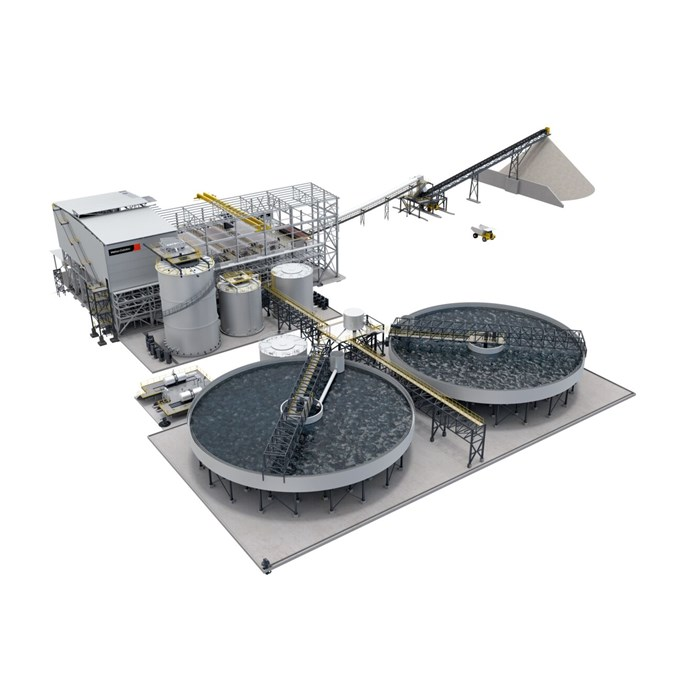
Frequently Asked Questions
What do belt filters do in tailings treatment?
They dewater efficiently. They handle feeding and filtering. They manage washing, drying, and cloth regeneration continuously.
Why choose ceramic filters for mining?
They’re durable. They separate fine particles precisely. They use minimal energy.
How do vertical filter presses aid tailings management?
They process large volumes. They use low energy. They produce low-moisture filter cakes.
What challenges exist in tailings management?
Safe storage is key. So is mineral recovery. High costs and maintenance are hurdles.
Contact Yantai Hexin Environmental Protection Equipment Co., Ltd. for advanced filtration solutions. Explore custom products for mining, chemicals, and more!

